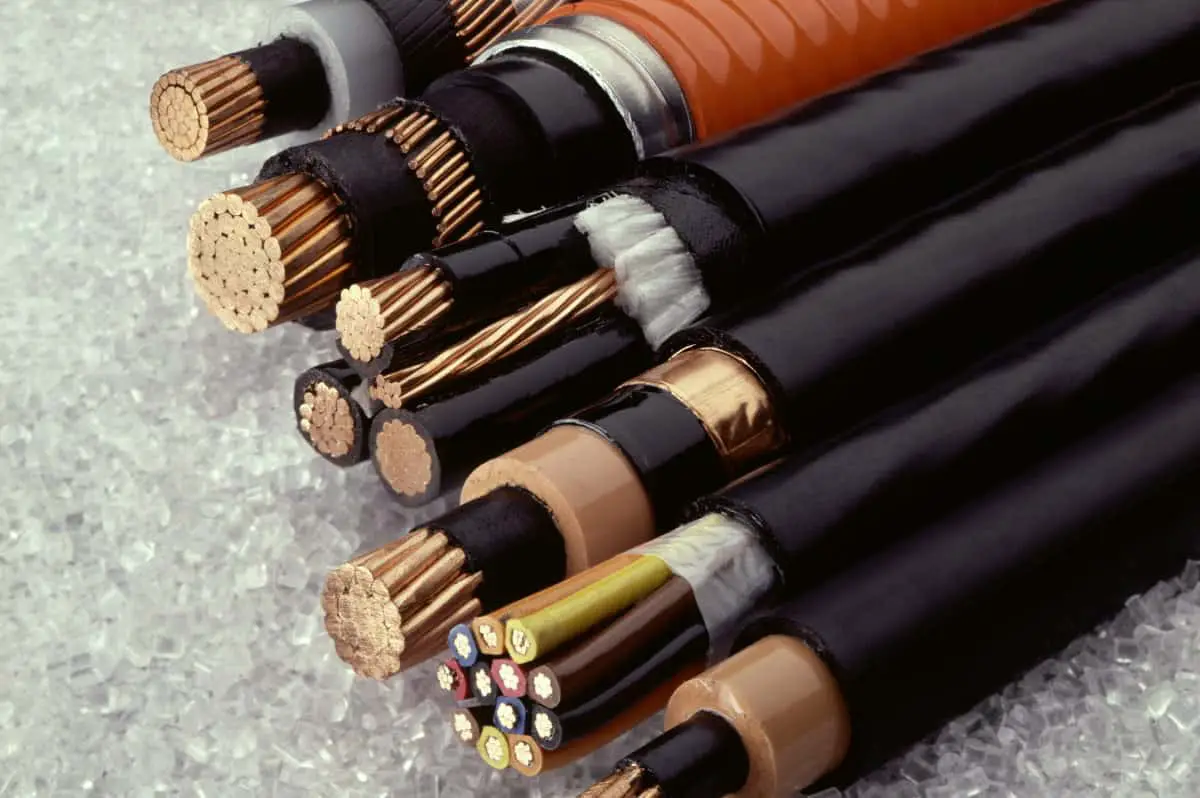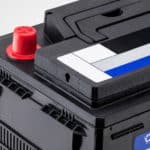In recent times, it has become pertinent to equip oneself with at least the basic knowledge of wire gauge, and the suitability of different wire sizes for trolling motors. You stand the chance of having to deal with unprecedented and costly damage if you fail to understand these basic ideas. Thus, selecting an appropriate wire gauge is a mix of two significant factors:
- Maximum Amperage of the motor and
- Distance between battery and motor.
In one of my recent articles titled “Wire Gauge Explained: For Beginners,” I explained wire gauges extensively based on different codes and standards (AWG and ASTM). You should take a quick scan through it if you missed it. The scope of this article is much broader, with an intended outcome of making adequate suggestions and detailed explanations to guide you when purchasing wire to meet your motor’s requirements.
Distance between Battery and Motor
Deciding where to place your battery is influenced by various factors such as the level of exposure to direct sunlight, risk of possible theft, and space availability on deck. Hence, it is neither strange nor wrong to place your battery somewhere far from the deck. However, this increment in distance will need to be compensated for with the length of wire you’ll have to use.
Following codes and standards of wire making, wire gauges always vary with length. When deciding on the gauge, you should equally factor in the length required and consider consulting a chart before setting out for the market. A comprehensive resource to help inform your decision on the best wire gauge can be found in the latter part of this article.
Maximum Amperage of the Motor
A useful parameter to inform one’s decision on wire gauge is the Amperage of the motor. You do not want to make the mistake of using a wire that is not capable of carrying and transferring the required current between the battery and plug of the motor. The Amperage of your motor can be found in the manual or product specification plate on the motor or better still on the manufacturer’s website.
A steep rise in the wire’s temperature leading to the melting of wire, improper wire selection could be disastrous. In extreme cases, there could be a fire, which would cause unwarranted trolling downtime and additional cost to replace the damaged wire, or worse.
A general rule of thumb of wires is that- the larger your Amperage (the more power you need to move) and the greater the length, the larger the diameter of the wire required.
Our article “Best gauge wire for a 24-volt trolling motor?” contains a chart of the top electric trolling motor amp draw, Click here to see that chart.
Wire Gauge Types
At this point, you should understand the basis behind the selection of wire gauge. It is also essential to note that wires are basically in two grades: the marine grade and the regular grade.
The Marine grade is best known for its high quality, durability, sound insulation, and suitability for marine applications generally. On the other hand, the regular type is used for housing wiring and other less demanding functions in a less harsh environment. Although the marine grade is more expensive than the ordinary kind, you need not worry about the replacement of the wire in years if you buy the appropriate gauge.
Marine-grade wires follow the AWG standards, which makes them 10 % to 12 % larger compared to regular wires made following the SAE standards.
Wire Gauge Calculation and Selection
Having established the Amperage of your motor and the length of wire required. It is often highly recommended that you also make use of a breaker between the battery and the motor.
Breakers
Usually, the most critical factor to look out for is that the breaker does not allow current more than the wire can carry to avoid melting. Bear in mind that the wire gauge used must be in agreement already with the maximum Amperage as well. For instance, you can install a 60 amps breaker for a motor that needs a maximum current of 50 or 55 amps.
Total length
Furthermore, the length of wire to be considered is the length of run from the battery to the motor and back to the battery again (Double length run).
Voltage drop
I recommend choosing a wire gauge using a voltage drop of 3%, which is for a critical system (maximum efficiency) as against the 10% drop, which is for non-critical systems (minimum selection) to be safe. Most trolling motor manuals call for a maximum voltage drop of 5% so to follow ABYC standards always use 3% tables to calculate for electric trolling motors.
Motor voltage
Manufacturers of trolling motors tend to come up with a guide for wire gauge to use, but they do this for the voltage rating of the motor, i.e., 12V, 24V, and 36V would have different catalogs. By using the 12-volt table below you will be very safe with your wire gauge selection for 24-volt or 36-volt system.
In summary, you can follow the steps below to determine the proper wire gauge for your motor:
Step 1- Round up your maximum Amperage to the nearest 10
Step 2- Determine the total length of wire needed for the round trip and round up to the nearest 10 feet.
Step 3- Consult the table below to select your preferred wire gauge.
Note: When you are not sure or just want to be extra safe add 10 feet to your total length.
This table is based on a 3% voltage drop, 12-volt, fixed load, at 105c insulation rating
| Current in amps | Total Length in feet | Recommended AWG Size |
| 30 A | 0-10 ft | 10 |
| 30 A | -20 ft | 6 |
| 30 A | -30 ft | 6 |
| 30 A | -40 ft | 4 |
| 30 A | -50 ft | 3 |
| 30 A | -60 ft | 3 |
| 40 A | 0-10 ft | 8 |
| 40 A | -20 ft | 6 |
| 40 A | -30 ft | 4 |
| 40 A | -40 ft | 3 |
| 40 A | -50 ft | 2 |
| 40 A | -60 ft | 1 |
| 50 A | 0-10 ft | 8 |
| 50 A | -20 ft | 4 |
| 50 A | -30 ft | 3 |
| 50 A | -40 ft | 2 |
| 50 A | -50 ft | 1 |
| 50 A | -60 ft | 0 |
| 60 A | 0-10 ft | 6 |
| 60 A | -20 ft | 4 |
| 60 A | -30 ft | 3 |
| 60 A | -40 ft | 1 |
| 60 A | -50 ft | 0 |
| 60 A | -60 ft | 0 |
| 70 A | 0-10 ft | 6 |
| 70 A | -20 ft | 4 |
| 70 A | -30 ft | 2 |
| 70 A | -40 ft | 1 |
| 70 A | -50 ft | 0 |
| 70 A | -60 ft | 2/0 |
| Table Copyright 2020 By DCtrollingmotor.com |
Note: This approach to selecting your wire gauge does not involve any arithmetic operation and has been explicitly explained in yet another previous article titled “Best Gauge Wire for a 24 Volt Trolling motor.“
Conclusion
We hope this table helps you select the correct and safe gauge of wire for your electric trolling motor system. Keep in mind oversize wires and undersize breakers just a little for a safe system because your fire should be on the beach, not in your boat.
For custom lengths and load check out Blue Sea Circuit Wizard.



